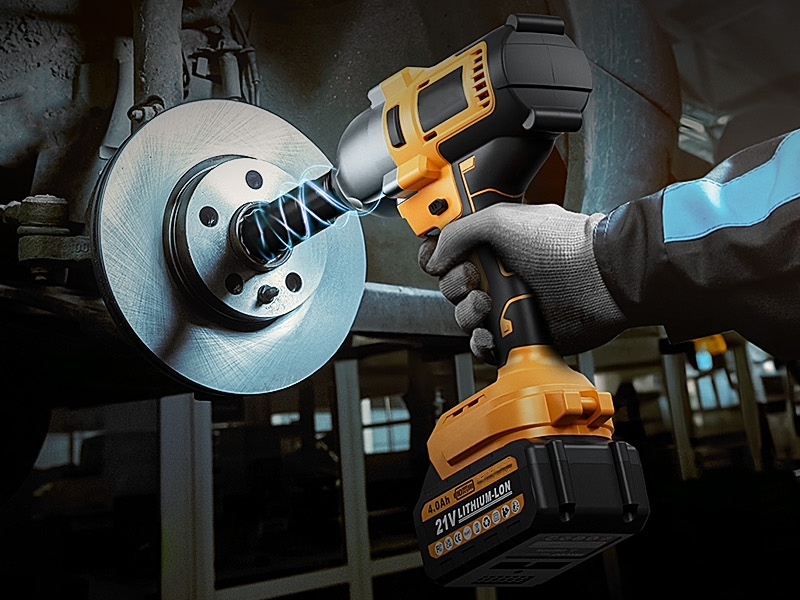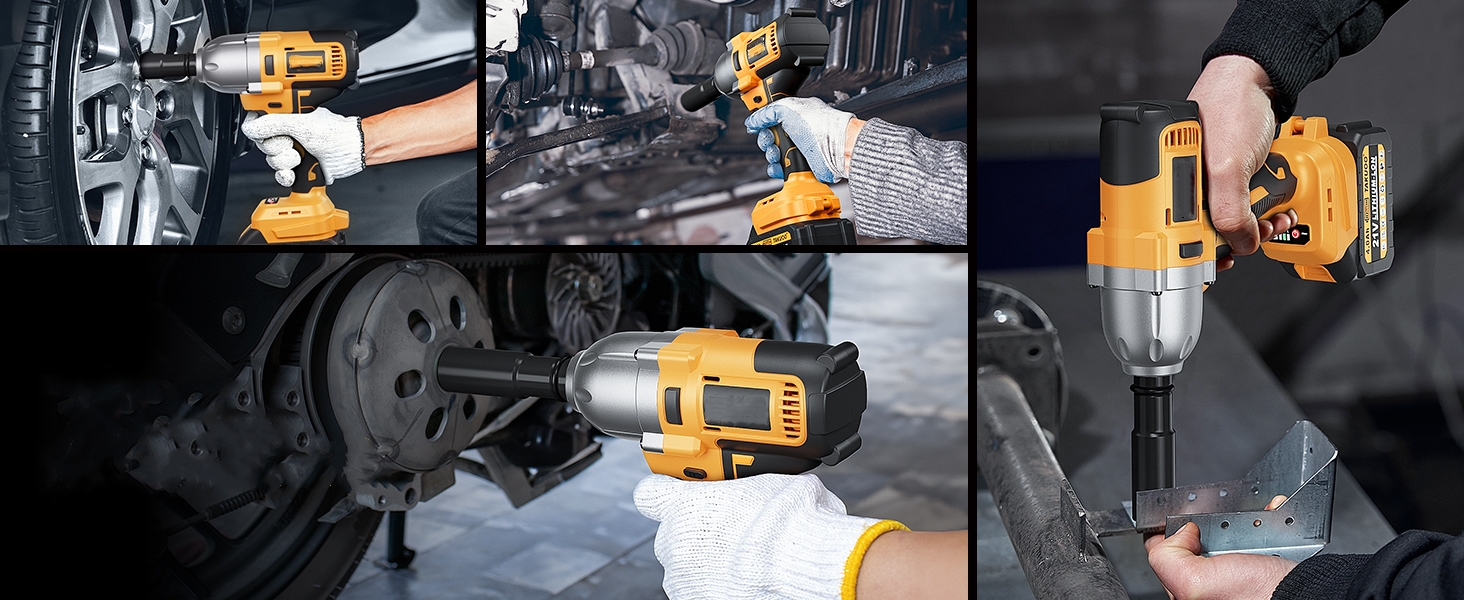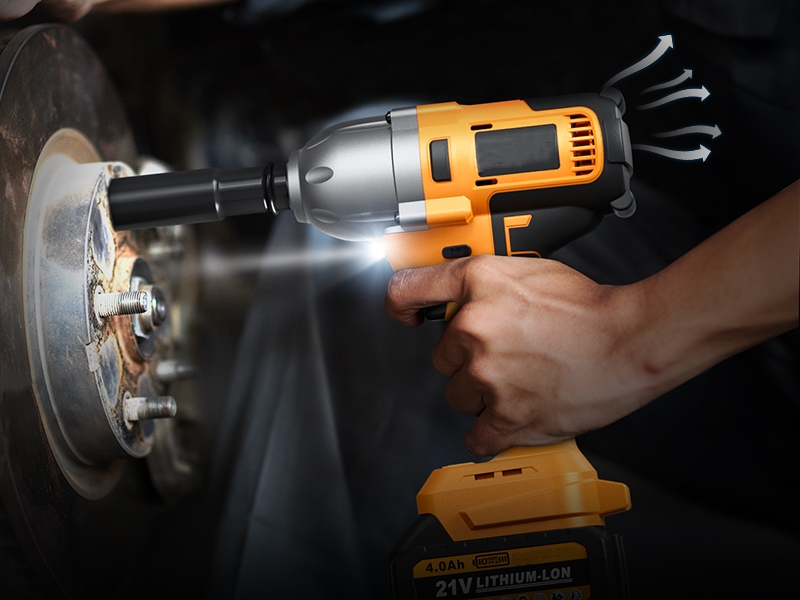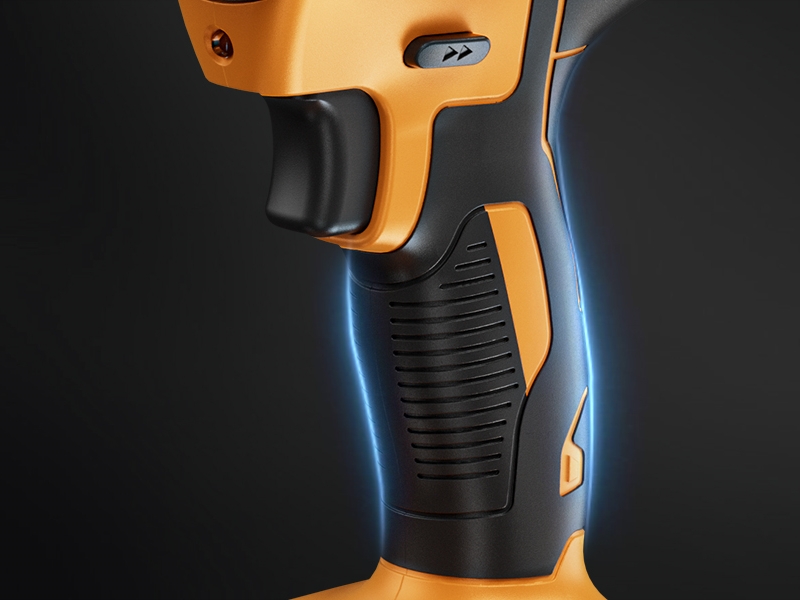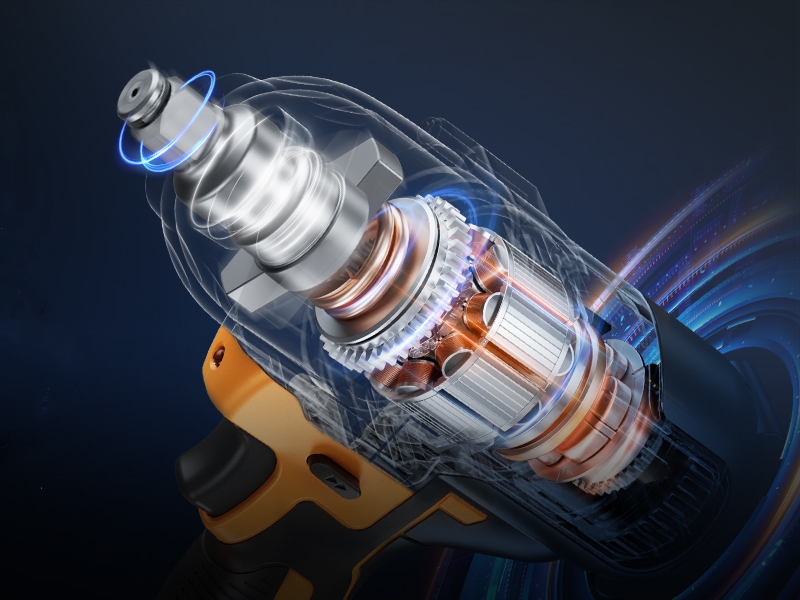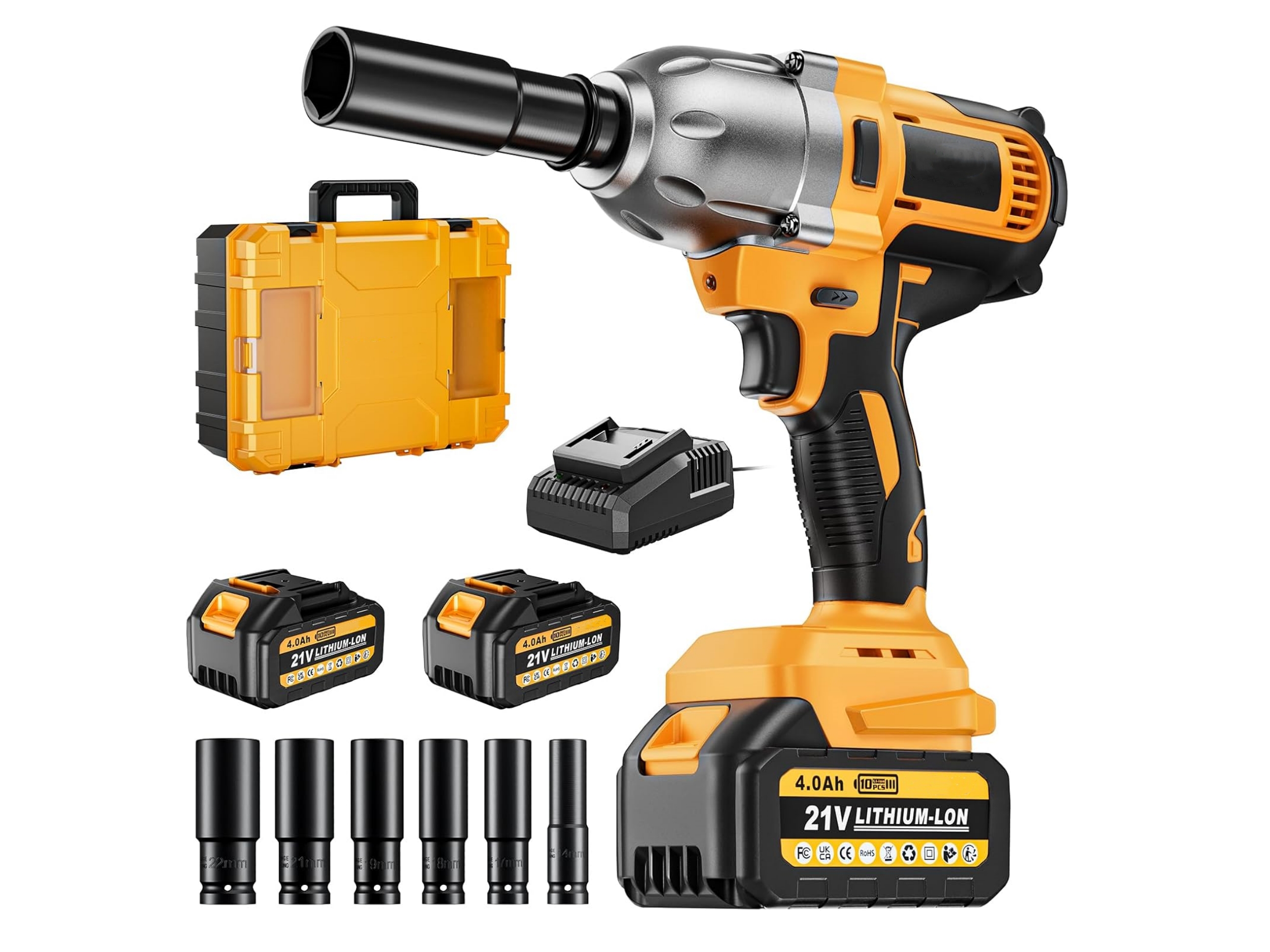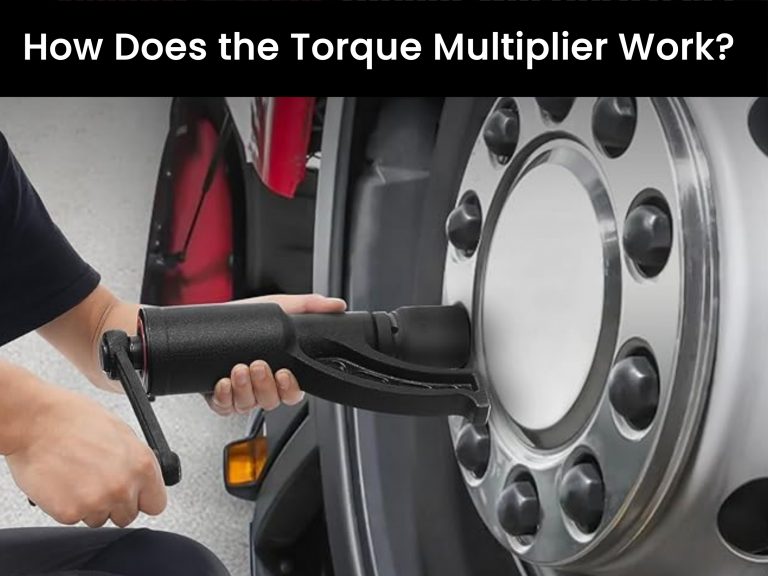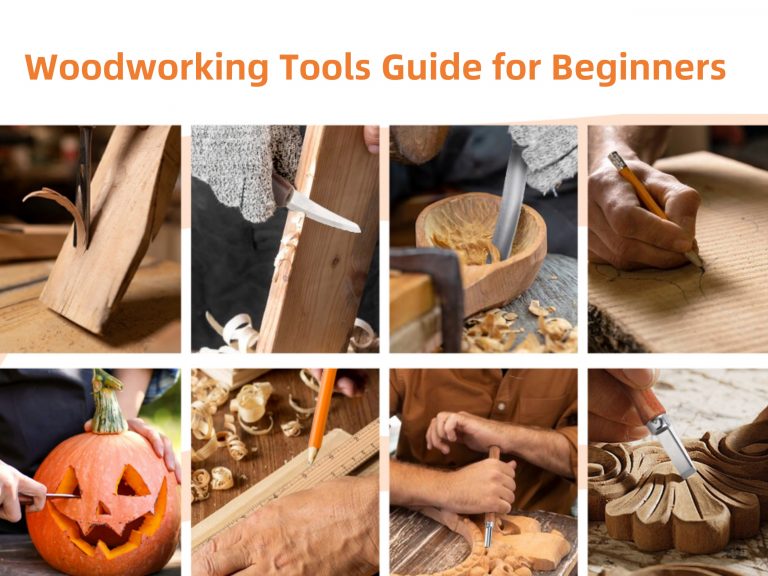Impact wrenches are indispensable in various aspects of life, including car maintenance, construction, and heavy machinery maintenance. However, with a plethora of options available on the market, selecting the right impact wrench can be a daunting task. This article aims to guide you through the crucial factors to consider when selecting the ideal tools.
Understanding the Impact Wrench
Before diving into the selection criteria, it’s crucial to understand what an impact wrench is. An impact wrench, also known as a torque gun, is a power tool designed to deliver high torque output with minimal exertion from the user. It is commonly used for loosening or tightening nuts and bolts, making it a staple in various industries.
The impact mechanism consists of an anvil, impactor, and spring, allowing the wrench to be tightened or loosened as needed. The tool accumulates energy through the hammer cage in one or more turns of rotation, creating a tightening or loosening torque once the hammer hits the output shaft.
Task Requirements
The first step in choosing the right impact wrench is to assess your task requirements. What kind of jobs will you be performing? Are you working on automotive repairs, construction projects, or heavy machinery? Each application has different torque and power needs. For instance, automotive tasks may require a lower torque range, while heavy machinery may necessitate a higher torque output.
Key Considerations:
Type of Fasteners: Identify the types of fasteners you will be working with. Larger bolts will require a more powerful impact wrench.
Frequency of Use: If you plan to use the tool frequently, investing in a higher-quality model may be worthwhile.
Drive Size
The drive size of an impact wrench is another critical factor to consider. Drive sizes typically range from 1/4 inch to 1 inch, with the most common sizes being 1/2 inch and 3/8 inch.
Choosing the Right Drive Size:
1/4 inch: Ideal for light-duty tasks, such as working on small engines or delicate fasteners.
3/8 inch: Suitable for medium-duty applications, including automotive work and general repairs.
1/2 inch: Best for heavy-duty tasks, such as construction and industrial applications.
1 inch: Designed for the most demanding jobs, often found in heavy machinery and large-scale construction.
Torque Range
Torque is a measure of rotational force, and the torque range of an impact wrench is crucial for its effectiveness. The higher the torque, the easier it will be to loosen or tighten stubborn fasteners.
How to Determine Torque Needs:
Light-Duty Tasks: Look for a torque range of 100-200 ft-lbs.
Medium-Duty Tasks: A torque range of 200-600 ft-lbs is generally sufficient.
Heavy-Duty Tasks: For industrial applications, consider an impact wrench with a torque range exceeding 600 ft-lbs.
Work Environment
The work environment plays a significant role in determining the type of impact wrench you should choose. Factors such as space constraints, power availability, and noise levels can influence your decision.
Considerations for Different Environments:
Indoor Use: If you’re working indoors, a quieter electric impact wrench may be preferable.
Outdoor Use: For outdoor tasks, a cordless impact wrench offers portability and convenience.
Tight Spaces: If you’re working in confined areas, a compact model with a shorter length may be necessary.
Ergonomics
Ergonomics is an often-overlooked aspect of tool selection, but it can significantly impact your comfort and efficiency. An ergonomic design can reduce fatigue and strain during prolonged use.
Features to Look For:
Grip Design: A rubberized grip can provide better control and comfort.
Weight: Lighter models are easier to handle, especially for extended periods.
Balance: A well-balanced tool will feel more comfortable and reduce wrist strain.
Clutch Type
The clutch type of an impact wrench determines how the tool delivers torque. There are generally two types of clutches: a standard clutch and a hammer clutch.
Clutch Types Explained:
Standard Clutch: Provides a consistent torque output, making it suitable for general applications.
Hammer Clutch: Offers a more powerful impact, ideal for loosening stubborn fasteners. This type is often preferred in heavy-duty applications.
Weight and Material
The weight and material of an impact wrench can affect its performance and usability. Heavier models may provide more power but can also lead to fatigue during extended use.
Material Considerations:
Aluminum Housing: Lightweight and durable, making it a popular choice for many impact wrenches.
Composite Materials: Often used in high-end models, these materials can provide excellent durability while keeping the weight down.
Weight Considerations:
Lightweight Models: Easier to handle and maneuver, especially in tight spaces.
Heavy-Duty Models: May offer more power but can be cumbersome for prolonged use.
Conclusion
When selecting the appropriate impact wrench for your taasks, it is essential to carefully asses various factors, such as task requirements, drive size, torque range, work environment, ergonomics, clutch type, weight and material. By carefully considering all these aspects, you can confidently choose a tool that not only matches your specific needs but also enhances your comfort and efficiency during its use.
Hope this article was helpful to you. We will continue to update the practical articles of hardware tools. MYWAY TOOLS is always by your side.

